What Are The Commonly Used Wet Ultrafine Classifiers?
Wet ultrafine classifiers are primarily used in wastewater treatment, product filtration, and drying. Ultrafine grading equipment can be categorized as either dry or wet, depending on the fluid medium. Dry air classifiers are primarily used in ultrafine pulverization, while wet classifiers are more commonly used.
What are the commonly used wet ultrafine classifiers?
1. Small-diameter hydrocyclones
For wet classification of ultrafine particles, small-diameter hydrocyclones, with diameters between 10 and 15 mm, are generally used. This is because the conical lower angle of the hydrocyclone is small, making it suitable for ultrafine classification. Its main features include a simple structure, high classification efficiency, high output, fine product fineness, and low production cost.
2. Spiral centrifugal classifier
Because the centrifugal acceleration generated by the high-speed spiral rotation is much higher than the acceleration due to gravity, the settling velocity of particles in the slurry is significantly increased, enabling ultrafine classification. The spiral centrifugal classifier is suitable for ultrafine classification of slurries with solid particle sizes ranging from 1.0 to 10 μm and solids content of 2% to 50%.
3. Ultrafine hydrocyclones
Ultrafine hydrocyclones feature a small footprint and high processing capacity. They have been used in ultrafine classification of non-metallic minerals such as kaolin and calcite. This machine is used for kaolin concentrating, with a processing capacity of up to 2.5 tons/hour. The product can contain up to 93% -2μm fine particles and 95%-99% -5μm fine particles.
4. Butterfly Classifier
The butterfly classifier’s drum contains several layers of discs, each approximately 1mm thick and spaced 1-2mm apart. Due to its high rotational speed, the disc can classify particles down to 1μm. The particle size can be adjusted by the rotational speed or the amount of overflow liquid.
5. Impeller Hydraulic Classifier
The feed is fed into the feed port at a constant pressure. Accelerated by the rotating blades, the slurry reaches a speed nearly identical to the rotating periphery. Coarse particles experience a greater centrifugal force than fine particles, and are flung through the disc gaps toward the outer wall and discharged from the outlet, while fine particles are discharged from the intermediate pipe. This classifier can operate continuously, and the separation size can be adjusted by adjusting the impeller speed and radial flow rate. The overflow fineness d99 can reach 1μm.


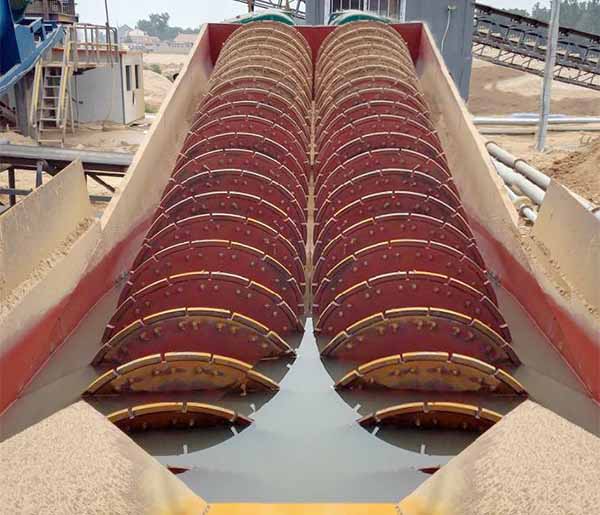
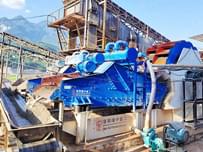
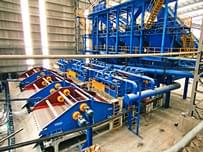
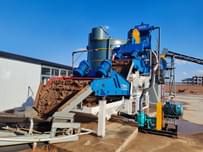
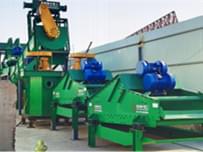
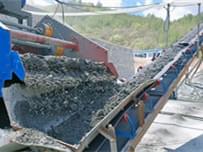
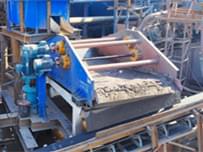
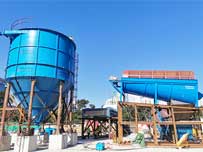
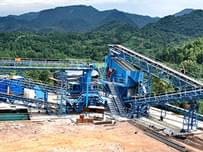




Send Message
Please write down your requirement and contact details in the following form. You can also send a message to us by this email export@lylzzg.com, we will reply to you within 24 hours.